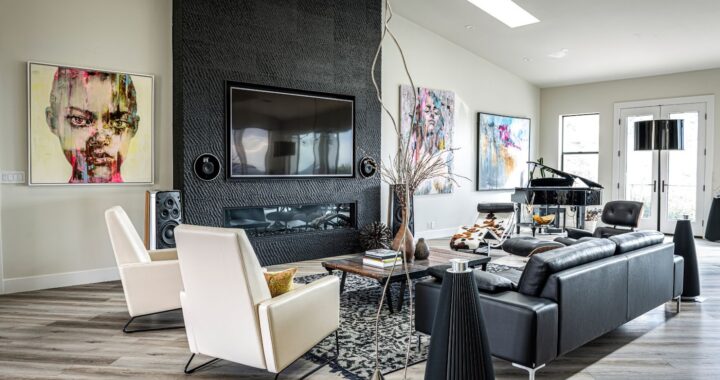
Enhancing Aesthetics and Engagement As Added Texture Expands The Form
As a seasoned expert in the world of blogging, I have witnessed the evolution of content creation firsthand. One aspect that has become increasingly important is the use of added texture to expand the form. In this article, I will delve into the significance of incorporating texture into your writing and how it can enhance the overall impact of your content. Whether you’re a professional writer or a novice blogger, understanding the power of added texture is crucial in captivating your audience and standing out in the digital landscape.
When it comes to creating compelling content, added texture is a game-changer. By incorporating various elements such as imagery, metaphors, and sensory details, you can bring your words to life and engage your readers on a deeper level. In this article, I will explore the different ways in which you can utilize added texture to expand the form of your writing. From vivid descriptions to evocative language, I’ll provide you with practical tips and techniques that will elevate your content and leave a lasting impression on your audience.
As Added Texture Expands The Form
Texture is an essential component of design that adds depth and dimension to visual elements. Incorporating different textures into your design helps to create visual interest, evoke emotions, and enhance the overall aesthetic appeal. As a designer, understanding the importance of texture can greatly impact the effectiveness of your work.
1. Visual Interest: Texture adds visual interest by breaking up monotony and providing variation. When used effectively, it can draw the viewer’s attention and create a dynamic and engaging design. By incorporating different textures, you can create contrast and balance, making your design more visually appealing.
2. Emotional Connection: Texture plays a powerful role in evoking emotions and creating a connection with your audience. Smooth textures can create a sense of calmness and tranquility, while rough textures can evoke feelings of excitement or edginess. By carefully selecting and combining textures, you can create a specific emotional response and enhance the impact of your design.
3. Aesthetic Appeal: Texture adds depth and richness to a design, making it more visually appealing. It can add a tactile quality, even in a digital format. By incorporating textures that are visually interesting and pleasing to the eye, you can create a design that stands out and leaves a lasting impression on your audience.
4. Branding: Texture can also be used as a branding element to establish and reinforce your brand’s identity. By incorporating textures that align with your brand’s values and personality, you can create a cohesive and consistent brand experience across various touchpoints. This helps to strengthen brand recognition and build a memorable brand image.
Texture plays a critical role in design by adding visual interest, evoking emotions, enhancing aesthetic appeal, and reinforcing branding. As a designer, incorporating texture into your work can greatly elevate its impact and make it stand out. So, don’t underestimate the power of texture in design – embrace it and let it expand the form.

Understanding the Concept of Added Texture
Defining Texture in Design
Texture in design refers to the visual or tactile quality of a surface or material. It is the way that something feels or looks like it would feel if it could be touched. When we talk about texture in design, we are not just referring to physical textures like the roughness of a brick or the smoothness of glass. Texture in design can be both visual and implied, created through the use of various techniques and elements.
The Role of Texture in Enhancing Form
Texture plays a significant role in enhancing the form or structure of a design. It adds an extra dimension to the visual composition, making it more interesting and engaging. By incorporating different textures, designers can create depth, contrast, and variety within their work. This, in turn, allows the design to become more dynamic and visually appealing.
Texture can be used to emphasize certain elements or areas within a design. For example, by incorporating a rough texture on a particular object or area, designers can draw attention and create a focal point. Similarly, a smooth and shiny texture can help to highlight important details or create a sense of elegance.
Furthermore, texture can also help to create a sense of realism or tactility in design. By simulating the texture of real materials or objects, designers can evoke specific emotions or associations in the viewer. For example, a rough, weathered texture may remind the viewer of aging and nostalgia, while a soft and fluffy texture may evoke feelings of comfort and coziness.





